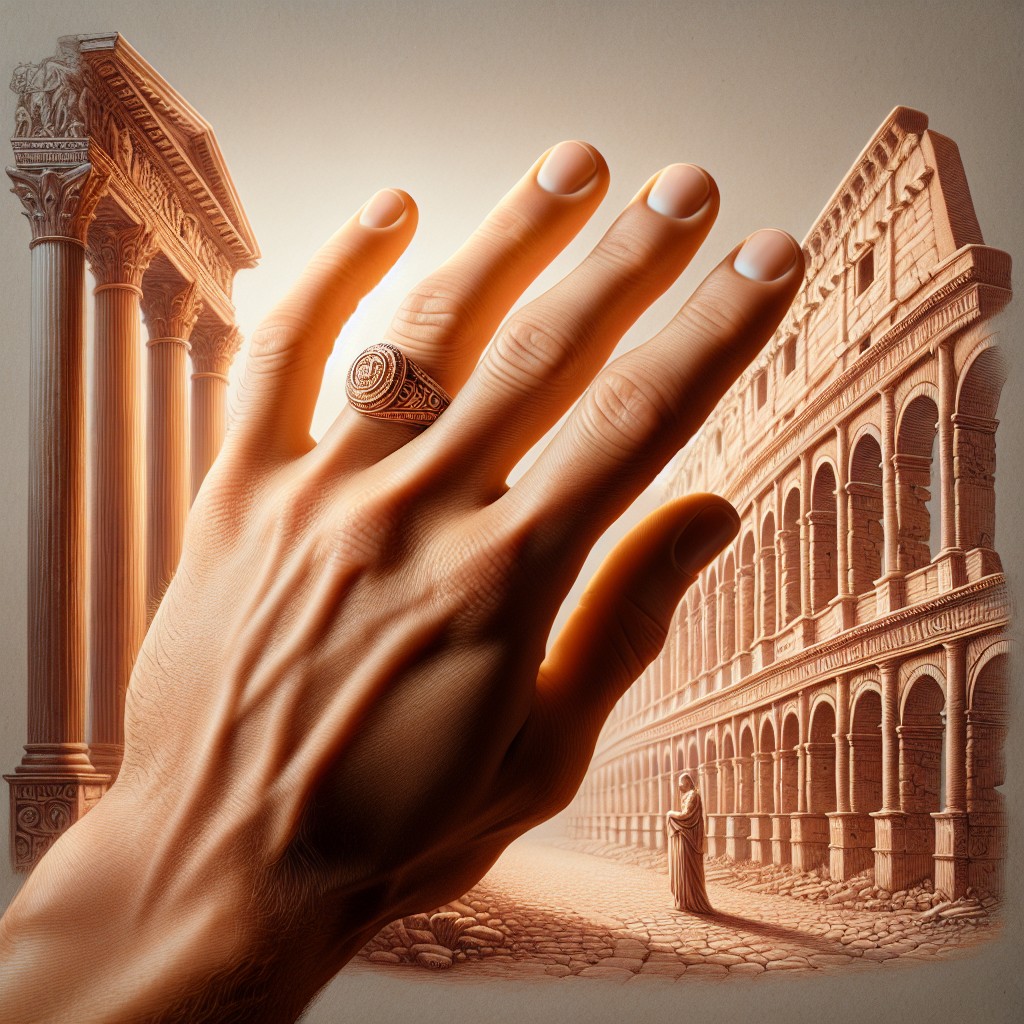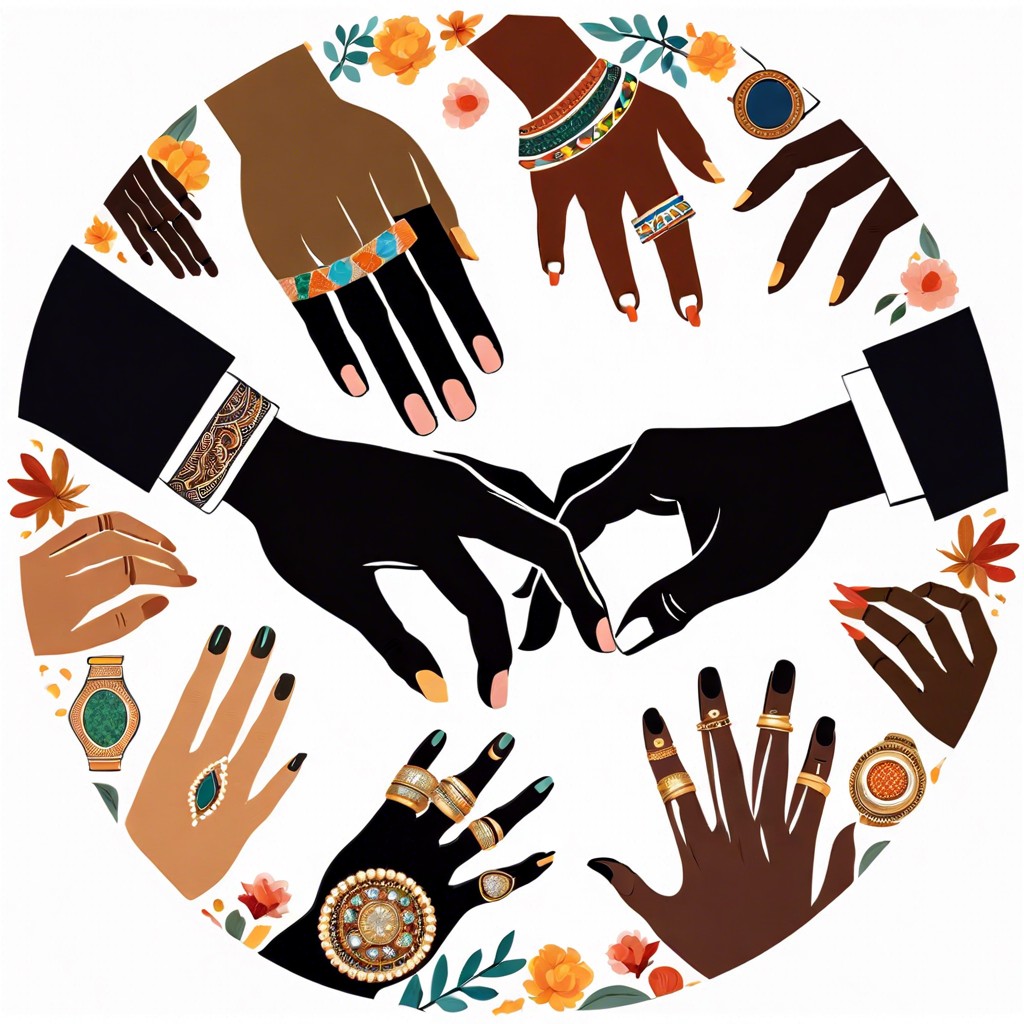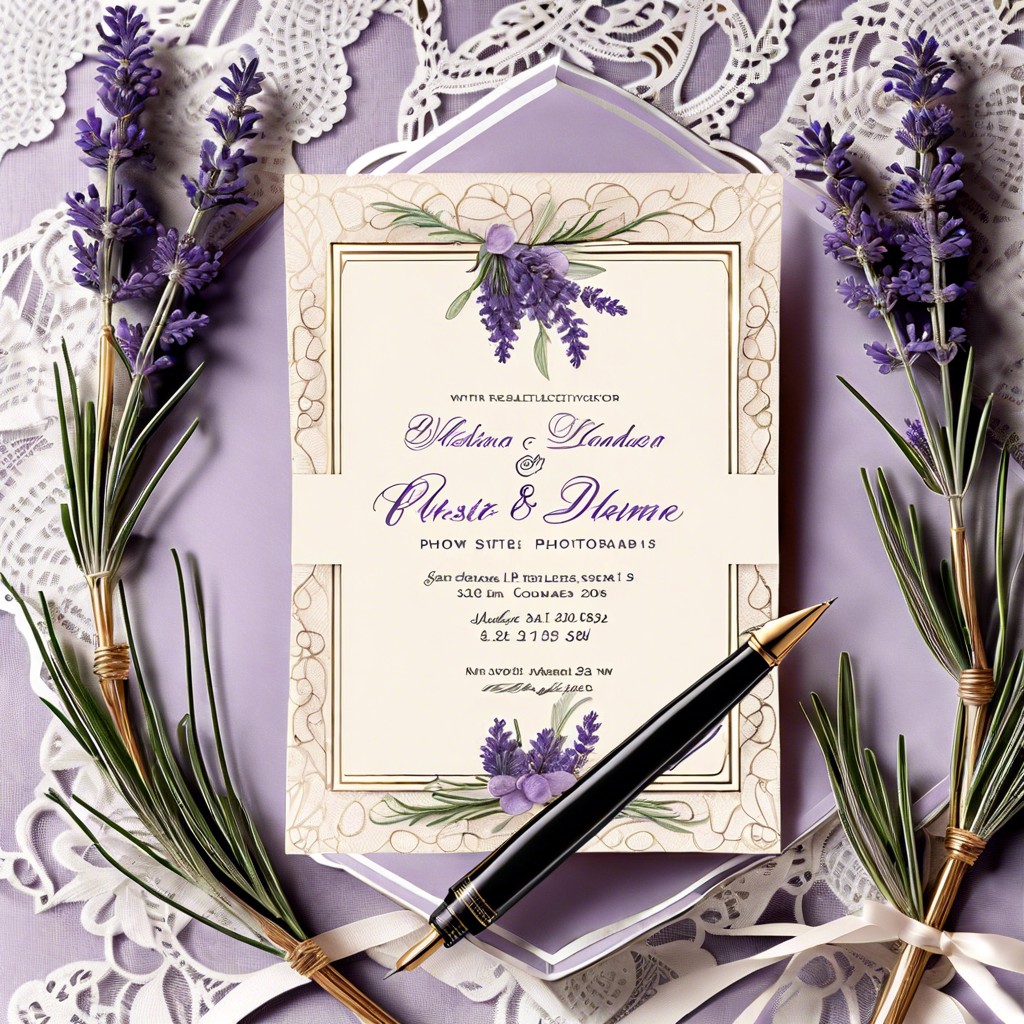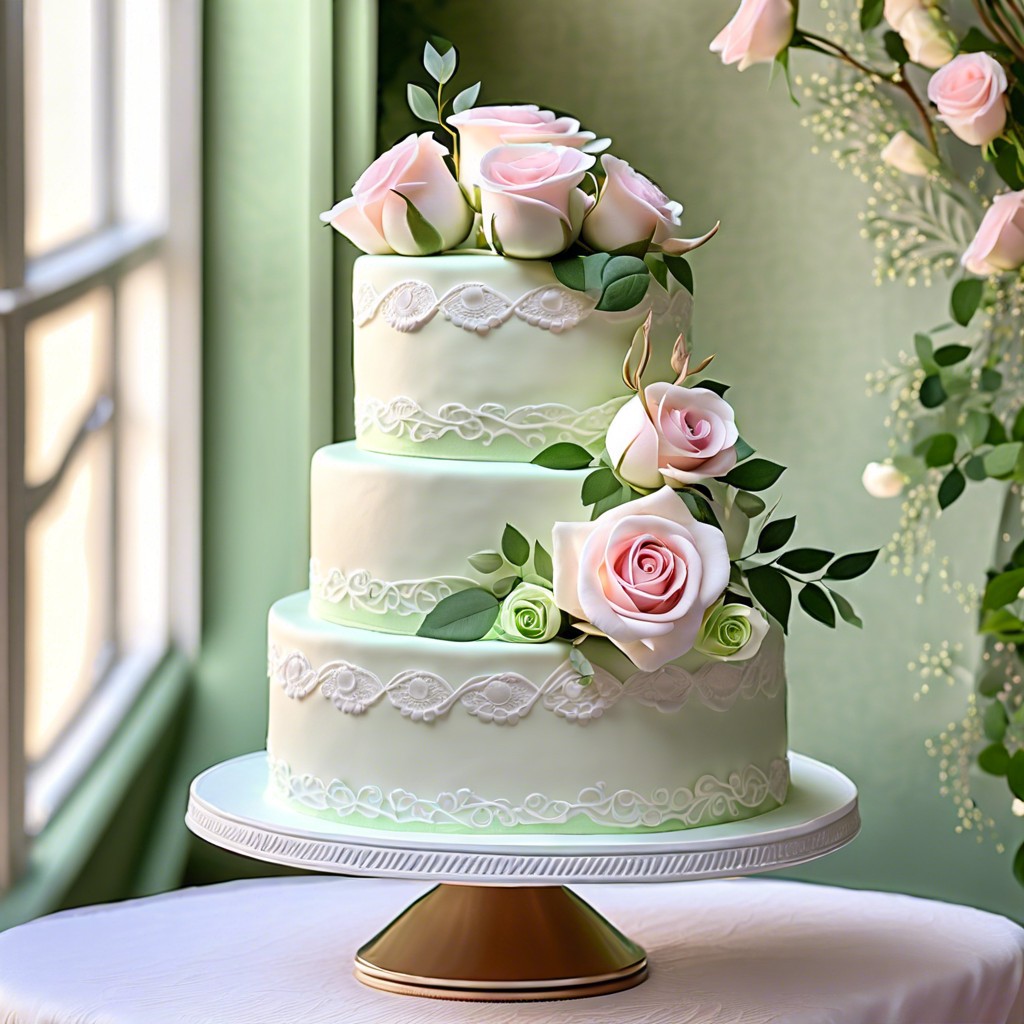Discover the significance of the wedding ring finger, its historical background, societal connotations and the meaning it holds in different cultures.
Key takeaways:
- Wedding ring finger tradition dates back to ancient Egypt.
- Left hand is customary for wedding rings in Western cultures.
- Cultural variations exist, such as right hand rings in some countries.
- Wedding ring exchange customs vary but signify commitment.
- Wedding ring placement carries symbolic meaning in different traditions.
Origin of the Wedding Ring Finger

Tracing back to ancient Egypt, the tradition of wearing a wedding ring on the ring finger sprung from the belief that a vein in this finger, called the “Vena Amoris,” or “Vein of Love,” ran directly to the heart. Although this vein does not actually exist, the romantic notion has endured through the ages.
Romans adopted this custom, intertwining it with the giving of a ring as a public pledge to honor the marriage contract. This practice symbolized unending love and commitment between partners, a concept that has been embraced in many cultures ever since.
During the Renaissance, Europeans embellished the tradition with intricately designed poesy rings, inscribed with messages of affection, further entrenching the ring finger’s association with love and matrimony.
While the specifics of the tradition have evolved over centuries, the symbolism remains deeply rooted in the idea of a direct connection to the heart, making the ring finger an emblematic site for the exchange of wedding bands and a public expression of enduring partnership.
Western Custom: Wedding Ring On the Left Hand
In many Western cultures, the left hand is designated for wedding rings due to an ancient Roman belief. Romans thought that a vein called the “Vena Amoris,” or vein of love, ran directly from the left ring finger to the heart. Despite the medical inaccuracy of this belief, the tradition has persisted.
Here’s a brief look into the details:
- Historical Belief: The Vena Amoris legend, though debunked, has a lasting romantic appeal.
- Practicality: For right-handed individuals, wearing a ring on the left hand reduces wear and tear as the non-dominant hand is typically less active.
- Consistency: The left-hand ring custom creates a uniform look for married couples in societies where following tradition is important.
- Significance: Placing the wedding ring on the left hand signifies a direct connection to the heart, symbolizing love and commitment.
The choice of hand for a wedding ring is deeply embedded in cultural norms, yet it’s always a personal decision for the couple, reflecting their values, beliefs, and preferences.
Cultural Variations in Wedding Ring Finger Traditions
In many Eastern and Northern European countries, spouses wear wedding rings on the right hand. This practice is common in nations such as Germany, Russia, Norway, and India. The choice often reflects religious or cultural beliefs—for instance, in Orthodox Christianity, the right hand is considered the hand of righteousness.
Some cultures feature unique ring traditions. For example, in Jewish ceremonies, the wedding ring is initially placed on the index finger of the right hand, symbolizing its direct connection to the heart. It is later moved to the customary finger after the ceremony.
In some South American countries, couples may start with engagement rings on the right hand and then switch them to the left upon marrying, to signify the change in the relationship status.
Brazilian couples occasionally wear plain bands as engagement rings on the right hand, switching to the left hand with the addition of diamonds to signal marriage.
Exchange of rings is not a custom in all cultures; some opt for different tokens or symbols of commitment, emphasizing the diversity of matrimonial traditions worldwide.
Wedding Ceremony Ring Exchange Customs
During the vows, the couple typically exchanges rings, symbolizing their commitment to each other. The officiant may first bless the rings before the couple places them on each other’s fingers, often accompanied by a few poignant words or promises. Some choose to personalize this moment with custom vows or unique rituals, imbuing the exchange with individual significance.
In some traditions, only one partner receives a ring during the ceremony, with the other receiving theirs at a different stage, such as the engagement. Ring bearers, often young children close to the couple, may bring the rings forward on a cushion or in a special box, adding to the ceremonial significance.
It’s common to see variations in the ring exchange depending on cultural or religious practices, with some incorporating additional symbols, prayers or readings. The ring exchange is a heartwarming moment that typically signifies the culmination of the wedding ceremony before the couple is pronounced married.
Symbolism Behind Left and Right Hand Rings
The choice of wearing the wedding ring on the left or the right hand carries significant symbolism varying from tradition to tradition. In many Western cultures, the ring’s placement on the left hand’s fourth finger draws from the ancient belief in the “vena amoris” or “vein of love,” thought to run directly to the heart. This romantic notion emphasizes a direct connection between the ring, a symbol of eternal love, and the organ centrally associated with life and affection.
On the flip side, some Eastern European and South American cultures prefer the right hand for wedding bands, aligning with historical and religious practices. The right hand is often considered more favorable and powerful, traditionally associated with oaths and vows, reinforcing the commitment made during the wedding ceremony.
Moreover, the differentiation in ring placement can sometimes reflect personal or professional considerations. Some individuals may choose to wear their rings on the right hand to reduce wear and tear due to dominant hand usage—or for aesthetic reasons. Whether dictated by culture, tradition, or practicality, the symbolism behind the choice of finger and hand for the wedding ring remains deeply personal and varied.
FAQ
Is the wedding ring on the right or left hand?
In the Western World and much of Europe, the tradition is to wear the wedding ring on the fourth finger of the left hand.
What cultures wear wedding ring on right hand?
Cultures in countries including Germany, Greece, Russia, Spain, India, Colombia, Venezuela, Poland, as well as Orthodox Christians and Eastern Europeans, traditionally wear the wedding ring on the right hand, while in Belgium, the choice of hand depends on the region.
Which finger is the wedding band and engagement ring on?
The wedding band and the engagement ring traditionally go on the fourth finger of the left hand.
Where do you put your wedding ring?
The wedding ring is traditionally worn on the left ring finger, stacked below the engagement ring, but some may choose to wear it on top to secure the engagement ring.
What is the historical significance of wearing a wedding ring on the left hand?
The historical significance of wearing a wedding ring on the left hand stems from the ancient Roman belief that the "Vena Amoris", or "Vein of Love", ran directly from the heart to the fourth finger on the left hand, symbolizing a direct connection to the heart.
Is there a proper order for wearing an engagement and a wedding ring?
Yes, traditionally the wedding ring is worn closest to the heart, meaning it is placed on the finger before the engagement ring.
How have societal norms influenced the choice of wedding ring hand and finger?
Societal norms, often influenced by cultural and religious practices, dictate the choice of wedding ring hand and finger, with Western societies largely favoring the left ring finger due to a belief in the "vein of love", and Eastern societies often opting for the right hand.



